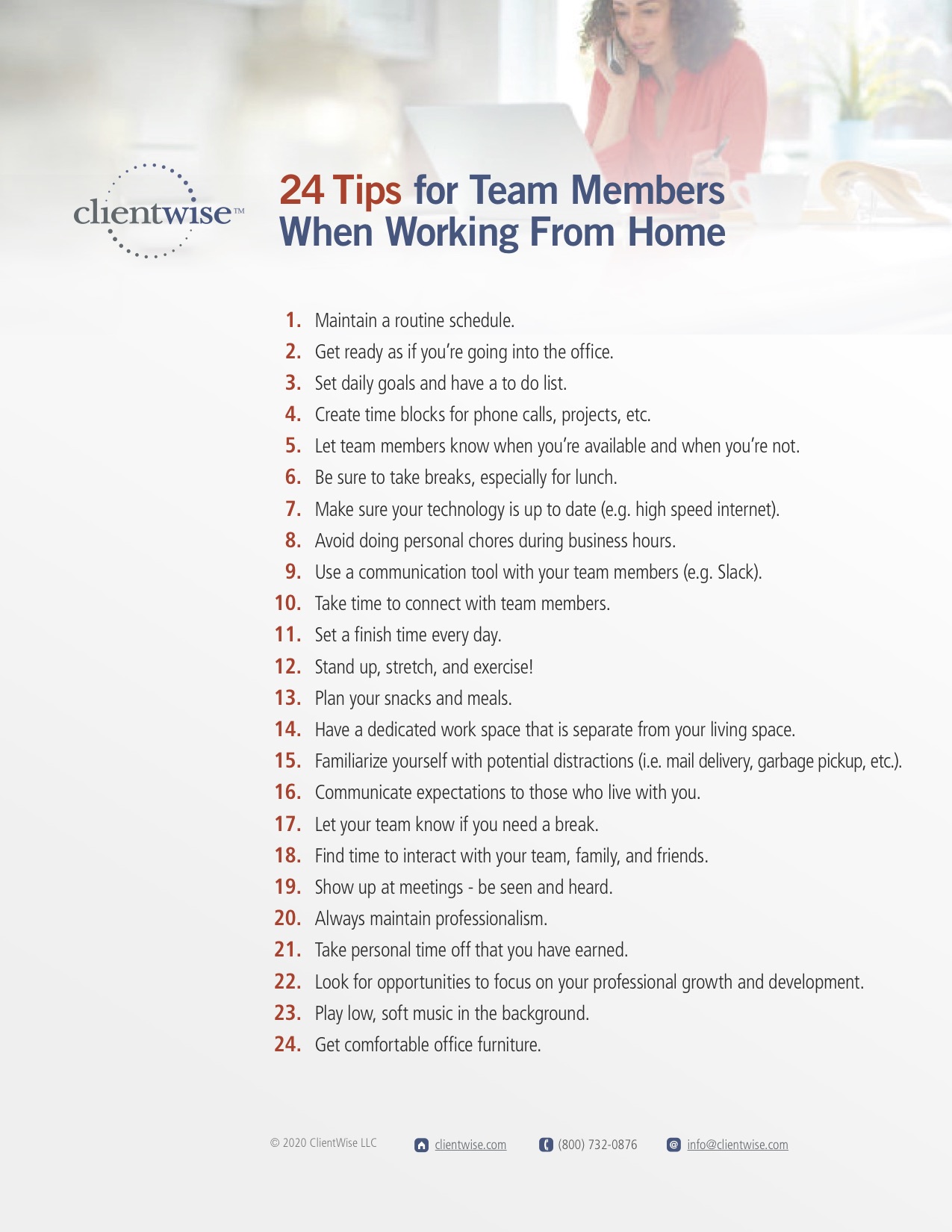Micro-Segmentation

An opportunity to test and learn new acquisition strategies
Lately, whenever I talk to one of our clients, I make it a point to ask them what their year-to-date new households/ new clients numbers look like. Almost every response has been “oh, not great!” But when I then ask them what their year-to-date net new money looks like, the vast majority tell me that those numbers are up.
Without a doubt, it’s a terrific accomplishment to be net positive in new assets during a year of unprecedented turbulence. But if this is the situation you currently find yourself in, it’s important to acknowledge both the good and the bad. You should be supremely confident in the fact that you’re growing your wallet share. It’s a clear indication that your existing clients – despite the ongoing turmoil – have growing confidence in your ability to help them weather the storm.
But the way in which elite advisory firms are differentiating themselves in this market climate – above and beyond wallet share – is in their ability to consistently add new relationships, despite all the hurdles associated with conducting business remotely.
This is NOT a question of how to market your business in a virtual world (there are a million articles out there on the topic). Instead, it’s a call to use this current bizarre situation we all find ourselves in to test out new acquisition and business development strategies to see what things work well that you should consider carrying forward when life gets back to some semblance of normalcy.
If you’re no longer having golf outings, conducting seminars, or meeting people for cocktails/coffee, then where are your new relationships coming from? And are those new avenues potentially both more efficient and sustainable?
Diving deeper into client commonalities
The vast majority of advisors segment their business more or less in similar ways. You either use some combination of financial metrics (such as revenue or profitability) to categorize A clients, B clients and C clients, or perhaps you segment them by broad categories (e.g., retirees, corporate executives, business owners, etc.).
What I’d like to suggest you begin doing, however, is to start looking deeper, for smaller groups with niche commonalities – a practice that I call micro-segmentation. The following are just a few examples of this strategy being put into action that I’ve witnessed over the past several months:
- An advisor who noticed several clients voicing concerns over the impact that lockdown was having on their teenage children’s mental health. Knowing that one of his clients was a psychologist, the advisor reached out and asked if the individual would be willing to hop on a Zoom call with a group of clients who were all parents of teens. The meeting went so well that it snowballed to subsequent Zoom chats with friends of the clients who shared similar concerns. And before long, the advisor and his psychologist client are doing the same thing for the entire junior high school. Not only has the program created a much higher level of client engagement and a profoundly positive community impact, it has also created an incredible lead generation mechanism.
- Another advisor I know informed me that when several of his older widow clients expressed how dislocated and isolated they’d been feeling, he decided to set up a weekly online bridge game for them every Wednesday afternoon. Finding an app that would enable virtual multi-player games, he not only set them all up, but joins them in playing each week. Not surprisingly, a few weeks into the game, his clients are now beginning to bring their friends, providing him with an ideal networking opportunity.
- Lastly, one of the advisors I coach told me how many of his clients are corporate “road warriors,” who went from traveling 200+ days a year to suddenly being stranded at home. Many of them have been really struggling with the disruption. The advisor asked another of his clients – a mover and shaker who similarly travels extensively and manages a team of more than 1,000 employees – if he would lead a virtual get-together. What was initially a group of 8-10 clients, soon led to a second group, and now a networking club that continues driving business to the advisor.
Each of these are perfect examples of micro-segmentation in action. Done right, it’s an opportunity to engage more deeply with existing clients (potentially driving greater share of wallet) AND presenting new client acquisition opportunities in the process.
Would it just be easier to slide right back into the old way of doing things once this pandemic is behind us? Absolutely! But why not opt instead to bring together the best of the past with the best of the present. That’s precisely what the best in the business are doing.
Coaching Questions from this article:
- How are you tracking towards your 2020 growth goal? How much of that has come through new client relationships versus share of wallet growth?
- Comb through your current client roster. Are there certain commonalities that have come to light as a result of COVID-19? What strategic steps could you take to begin micro-segmenting and more actively engaging clients?
- Think about the various new ways you’ve discovered to stay connected with clients and team members. Which of those have proven themselves valuable enough to continue doing even after life returns to relative normalcy?
Like this blog? Click "Follow" in the upper right-hand corner to receive all the eLibrary Blog updates
Topics: Client Engagement Leadership Marketing & Communication


